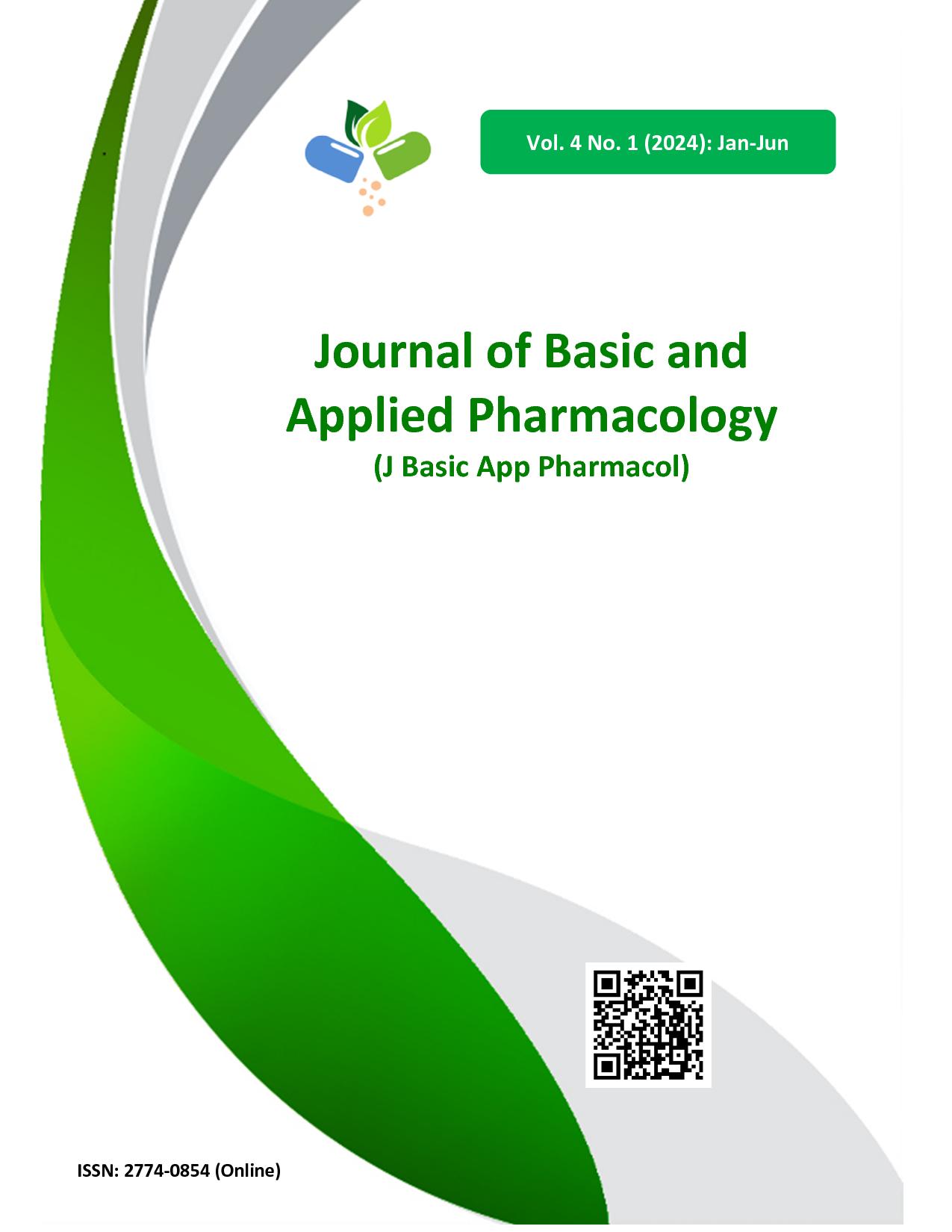Reforming Clinical Pharmacokinetics Education: A Study on the Implementation of the SPOC Blended Learning Model
Main Article Content
Abstract
Objective: This study investigates the effectiveness of the Small Private Online Course (SPOC) blended learning model in teaching clinical pharmacokinetics, focusing on its impact on students' academic performance, engagement, and satisfaction compared to traditional classroom teaching methods.
Methods: The study involved 311 third-year undergraduate clinical pharmacy students at a designated academic center, randomly assigned to either the experimental group (SPOC blended learning) or the control group (traditional teaching). The data collection encompassed final exam scores, regular assessment results, and satisfaction questionnaire responses. Statistical analysis was conducted using SPSS, including t-tests, correlation, regression, and factor analyses.
Results: The experimental group displayed a higher average final exam score (79.86 vs. 78.08) and a lower standard deviation, indicating more consistent performance compared to the control group. Engagement, as measured by regular assessment scores, was significantly higher in the experimental group (average score of 75.61 vs. 68.95). Satisfaction levels were also notably superior in the SPOC group (significant t-value of -6.210, p<0.001). Correlation and regression analyses provided additional insights into the relationships between teaching methods, student engagement, satisfaction, and academic performance.
Conclusion: The SPOC blended learning model demonstrates a positive influence on students' academic performance, engagement, and satisfaction in the context of clinical pharmacokinetics. These findings suggest the model's potential as an effective alternative to traditional teaching methods in complex, interdisciplinary academic subjects.
Article Details

This work is licensed under a Creative Commons Attribution-NonCommercial-NoDerivatives 4.0 International License.
Upon acceptance of an article, the Pharmacological and Therapeutic Society of Thailand will have exclusive right to publish and distribute the article in all forms and media and grant rights to others. Authors have rights to use and share their own published articles.
References
Bonk CJ, Graham CR. (Eds.). The handbook of blended learning: global perspectives, local designs. San Francisco, CA: Pfeiffer Publishing; 2006.
Li RJ, Lv XJ, Liu J, LI H, Sai N, Gu Yl. Classroom teaching reform of pharmacokinetics of biological drugs based on SPOC hybrid teaching mode. Chin J Mod Dist Educ Tradit Chin Med. 2022;20(01):187-188.
Shi FG. Application of PBL teaching method in pharmacokinetics teaching. Guangdong Chem Ind. 2022;49(14):201-202.
Guo L, Han J, Lv DM. Teaching experience of clinical pharmacokinetics. Basic Med Educ. 2020;22(07):477-479.
Hu W, Zheng X, He H, Liu H, Liu L, Ha H. Application of JoVE science education video database in teaching reform of pharmacokinetics experiments. Pharm Educ. 2022;38(05):77-83.
Zhou XY, Lu Q, Wang JY, Yin XX. Reflections and suggestions on clinical pharmacokinetics practical teaching. Basic Med Educ. 2020;22(07):483-486.
Yu YL. Teaching reform and reflection on pharmacokinetics under the new medical reform. Shandong Chem Ind. 2019;48(18): 220-221.
Lin CH, Wu WH, Lin S, Lin RF, Wu ZH, Zhou J, et al. Investigation on the popularization status of precision pharmaceutical services for undergraduate clinical pharmacy majors. China Pharm. 2022;31(22):19-24.
Smith A, Johnson B, Anderson C, et al. Blended learning in clinical education: a systematic review and meta-analysis. Med Educ. 2018;52(7):769-778.
Chen L, Wang Y, Chen Y. A systematic review of blended learning interventions in health professions education. Med Educ Online. 2020;25(1):762665.
Zolfaghari M, Mehrdad N, Parsa Yekta Z, et al. Challenges in blended learning implementation in medical education: a qualitative study. J Adv Med Educ Prof. 2014;2(2):43-50.


